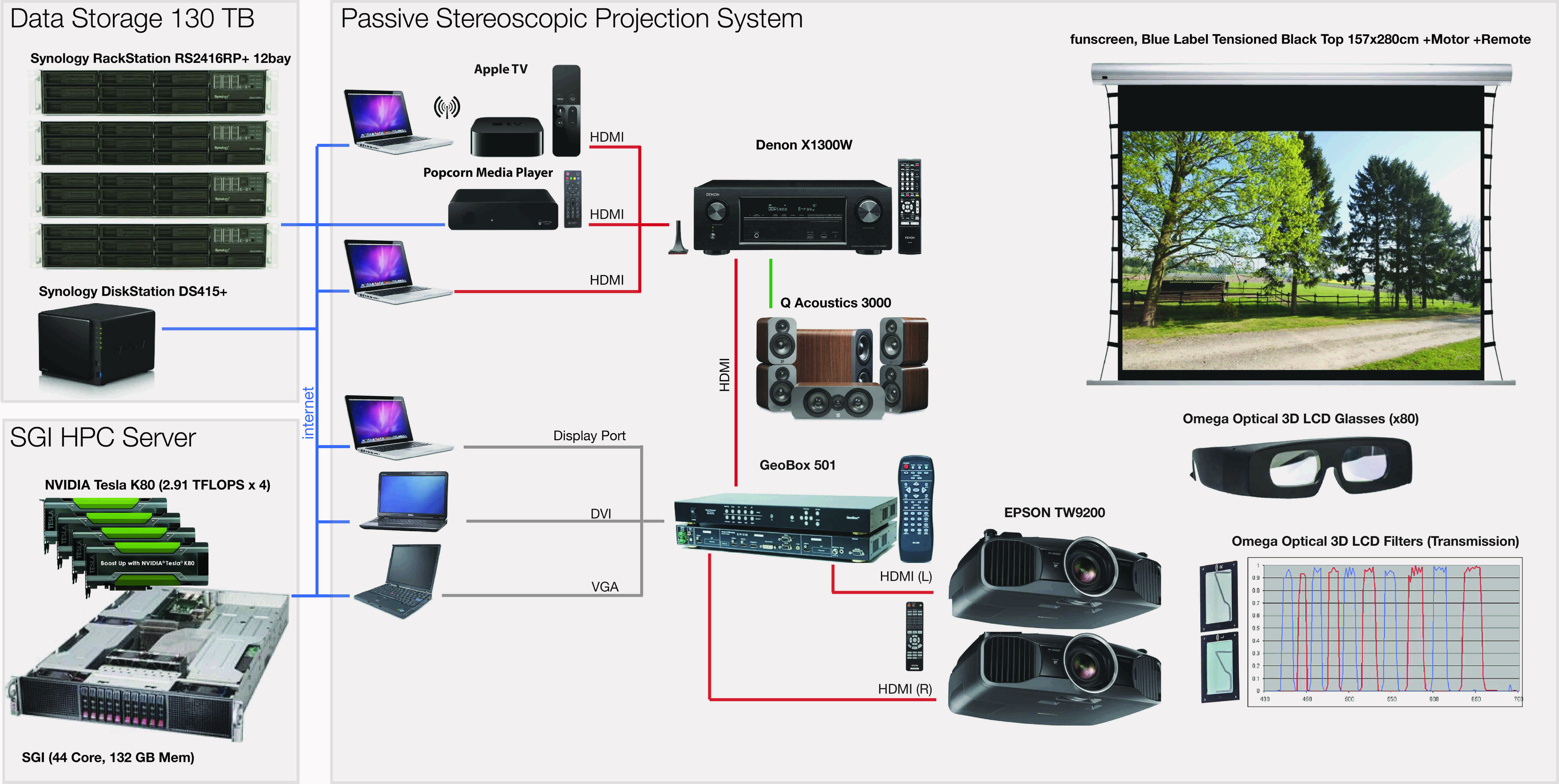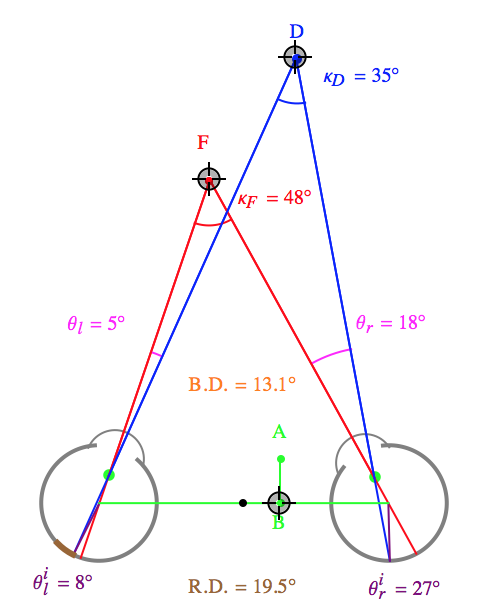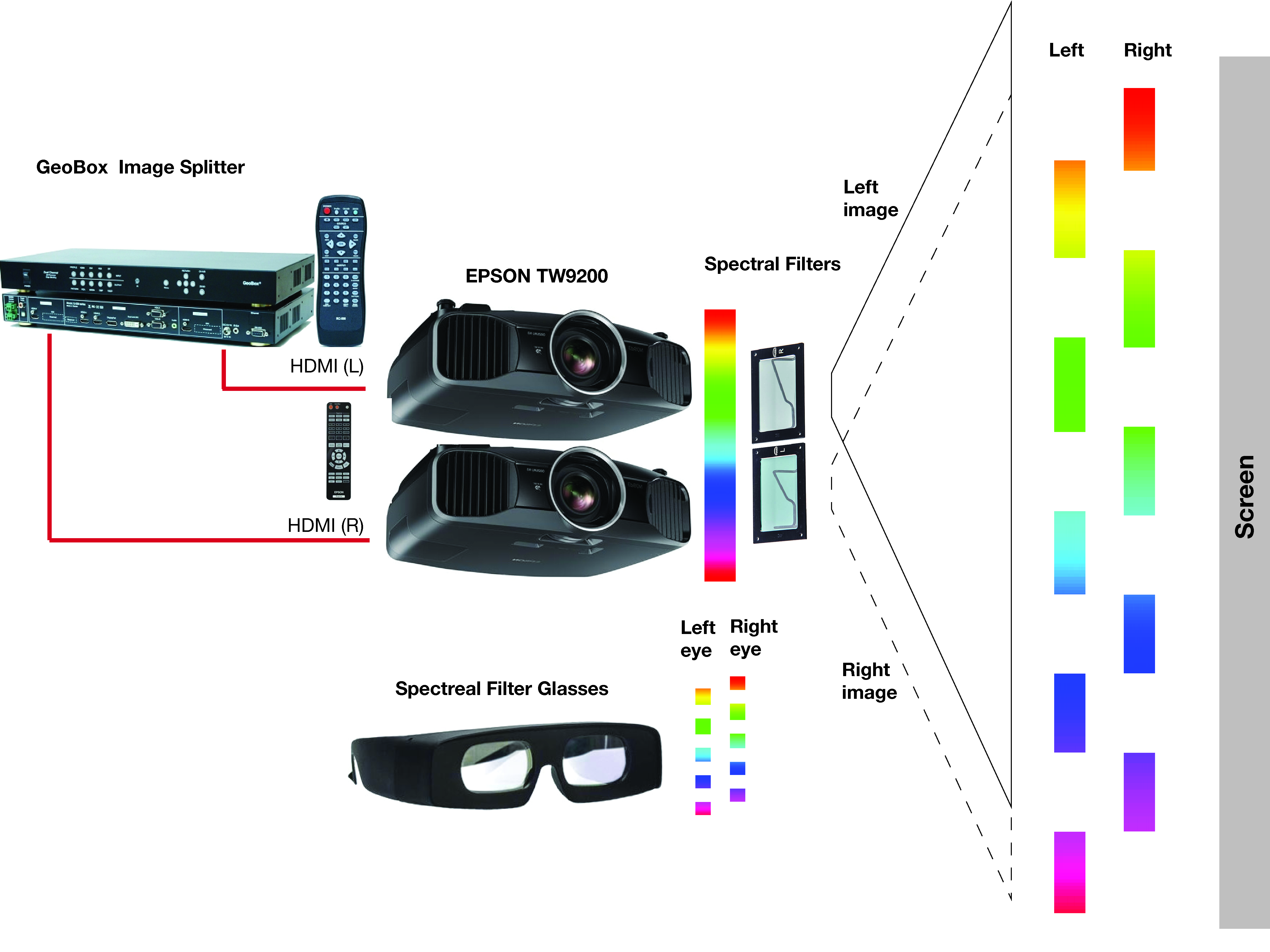Project Goals
Thanks to the remarkable development of the observational techniques in astronomy more than 3500 exoplanets have been discovered orbiting distant stars in astonishing diversity: we know terrestrial and Super-Earth rocky planets, gas giants in form of sub-Neptunes or even 10 Jupiter mass planets orbiting close vicinity to and faraway from their host stars. One of the fundamental mission of the modern astronomy is to understand how these planetary systems formed and why their architectures are so different form that of the Solar System.
In our research, we investigate a possible extension to the classical planet formation theory, the vortex-adied planet formation scenario, in which planets are born inside a large-scale vortex developed in the protoplanetary disc (see our research project: Vortex-aided planet formation). The solid material collected by this vortex can feed the growing planetary embryos and can save the new born planets from the deadly engulfment by their host star. Due to the complexity of physical phenomena of planet formation our research requires 3D numerical computer simulations. To better understand planet formation and present our new findings we installed GPU-accelerated high performance computer system, network attached storage servers and a virtual 3D projection system at Konkoly Observatory.
The 3D Numerical Astrophysics Laboratory's infrastructure (see system architecture below) consists of three independent units:
- GPU-accelerated HPC architecture
- Network attached storage system providing 130TB capacity
- Projector system capable of virtual 3D projection

3D Numerical Astrophysics Laboratory system installed at Konkoly Observatory |
Passive Stereoscopic 3D Projection Systems
|
Our world has three spatial dimensions, thus human vision utilises the perception of 3D depth. However, we are able to picture our 3D world only virtually. The invention of stereography by Sir Charles Wheatstone in 1838, and the anaglyph technique by Wilhelm Rollmann in 1852 lead to a boom of creating 3D virtual images. Nowadays, in the digital era several digital 3D picture and even movie media exist. Both analog and digital 3D formats contain two different images or sequence of images for the left and the right eye. Our brain percepts the 3D depth with the binocular vision via the so called stereopsis stimulus. The stereopsis stimulus based on the phenomenon that two objects at different distances projected to the fovea such that the angular distance of the images of the two objects are different on the left and right eye (i.e., binocular disparity occurs, see θ angles on the illustration). As a result our brain is capable to percept the distance between the two objects. Thus, to capture the 3D world we only need to create two images for the left and right eye taken with two cameras installed at a certain spatial disparity. This simple method is the basis of creating stereographic images or movies. |
 Stereopsis stimuli on the retina 
Stereopsis stimuli on the retina. |
|
Now, the next step is to display the two images for the left and the right eye separately. This can be done with various methods such as: by alternating the two images on the display, which can be seen through active shutter glasses; or by projecting the two images having different polarisation angle (3D TV or 3D theatre), which can be seen through passive polar glasses. Our virtual 3D projector system, however, uses another novel method developed by OMEGA optics. The Passive Stereoscopic 3D Projection Systems utilizes special spectral filters installed in front of the two projectors, and special passive glasses with the same spectral bandpasses can be used to percept the 3D virtual image. Thanks to this novel technique the cross over between the two images is less than a percent, which is an order of magnitude lower than conventional systems can provide. Moreover, the virtual 3D stereoscopic images or movies generated in frame interlaced format can be presented in full HD resolution. |
 Passive Stereoscopic 3D Projection Systems 
Passive Stereoscopic 3D Projection Systems |
Some Examples
Here you can find some short 3D movies created by 3DNAL group. The movies based on 2D hydrodynamic simulations modelling the gravitational perturbations of protoplanetary disks by giant planets. The 3D movies were created with the BLENDER software. The movies are in 3D side-by-side full HD resolution (1920x1080) format, which can be downloaded and displayed on conventional 3D TVs. For those who haven't got 3D capable displaying device there is a link to download HD quality conventional movies too, check it at Figure captions.
|
3D SBS movie: Fly around a giant planet perturbed protoplanetary disk, 2D hydro simulations (Conventional HD movie ). |
|
| Other SBS movies: |

